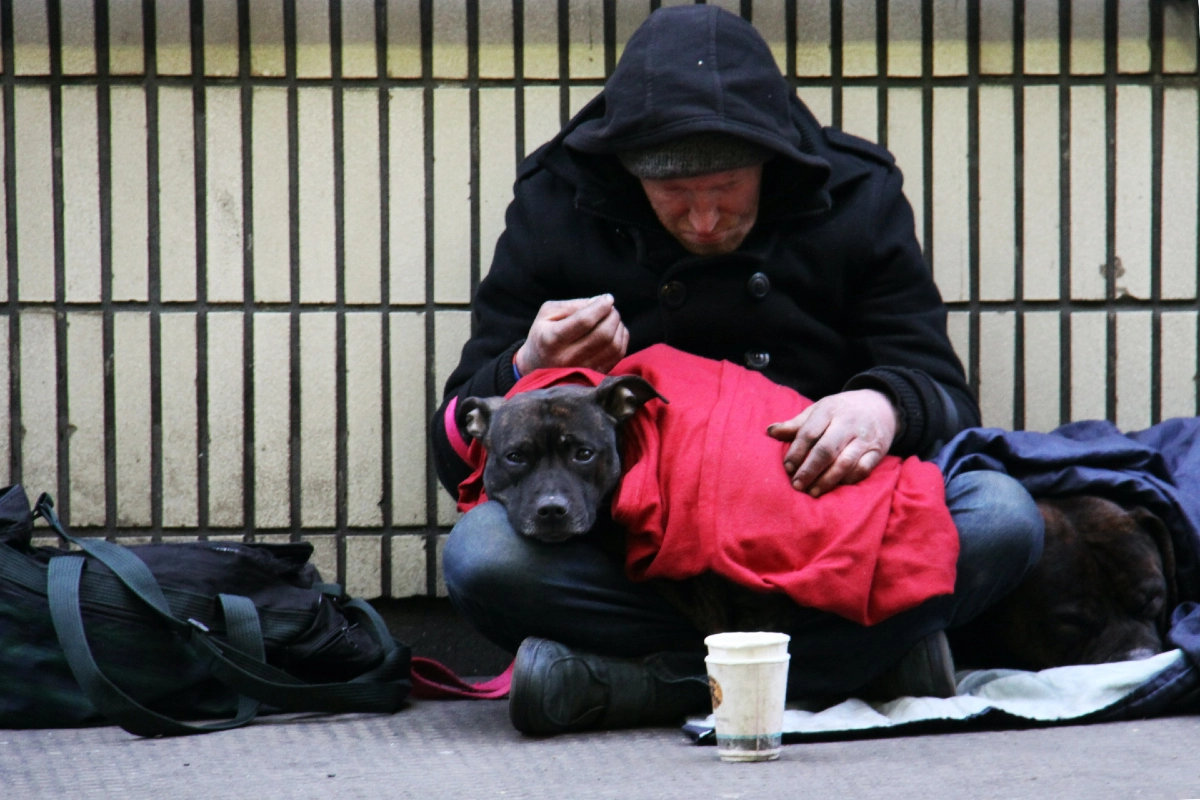Social inequalities, climate change, and, not least, Covid-19 are significant drivers. This development collides with the global intention to promote a peaceful and inclusive society for sustainable development. This begs the question whether peaceful coexistence is achievable as foreseen in SDG 16 of 2030 Agenda, or whether Hobbes is to be proven right after all. Answering that, requires a clarification of is considered 'peaceful' in the first place.
Devils, donkeys, and common sense
Peace is not a modern concept. The causes of unrest respectively questions of justice, morality and order have preoccupied scholars since the ancient times. Scripts and artefacts attesting to ideas of harmonious coexistence date back as far as the sixth century BC. Although humans have intermittently been at war with each other, the desire for peace is equally intrinsic. In so far, this turbulence produced concepts and theories, outlined to organize coexistence in a meaningful way, in one direction or the other.
For example, although 250 years separate their work, Thomas Hobbes and Friedrich Nietzsche painted black. Both agreed that 'Homo Sapiens' inherently craves power and will sooner or later eradicate him- and herself. In assuming that justice is the glue of human co-existence, and that happiness is an individual obligation.
Immanuel Kant took a more rational approach. He insisted on universal self-determination by breaking free from being controlled like donkeys in activating our minds to thus control our destiny. This attained freedom borders on that of our fellow human beings. Therefore, Kant suggested regulating these very limits through laws. Kant disapproved of his predecessors’ natural law theses. He did not believe that human beings are evil by nature, nor did he suppose peace as a given. Peace must be built, and peace also requires a regulatory framework. Significant aspects of Kant’s notion later shaped the development of the Western peace concept and was the utilised while drafting the United Nations Charter.
No slap in the face but a healthy breakfast
To date, Western concepts of peace still remind of Kant. Intuitively, one imagines 'peace' as a state absent of violence, conflict, or war. This perception is not wrong. However, peace theory confirms peace only when direct violence and structural violence are absent. Direct violence potentially kills quickly whereas structural violence kills slowly. Anyone who is inflicted with immediate physical pain or forced to endure psychological suffering experiences direct violence. A slap in the face, a robbery, or a murder, but also the blasting of a prisoner with loud music are all examples hereof. Structural violence is suffered by those who are unnecessarily denied the opportunity to develop their potential to the fullest.
In the USA, for example, more than five million households are affected by hunger,
 which means the concerned are unable to intake the necessary amount of calories per day to stay healthy. Whoever cannot afford a rich breakfast, nutritious lunch or dinner is unable to perform in school or their place of work, and those who cannot accomplish education, or their job will not be able to develop their full potential. Hunger and malnourishment are contradictory for a rich country like North America since there is enough food available to supply all households. Therefore, the lack of food security here is the realisation of structural violence.
which means the concerned are unable to intake the necessary amount of calories per day to stay healthy. Whoever cannot afford a rich breakfast, nutritious lunch or dinner is unable to perform in school or their place of work, and those who cannot accomplish education, or their job will not be able to develop their full potential. Hunger and malnourishment are contradictory for a rich country like North America since there is enough food available to supply all households. Therefore, the lack of food security here is the realisation of structural violence.
Social justice as violence prevention
In other words, peace, as envisioned in SDG16 of the 2030 Agenda, is achieved when societies live without fear of violence, have access to justice and can rely on effective, accountable, and inclusive institutions on all levels.
For the US, this means overcoming the social injustice of food insecurity and with it the increased risk of direct violence. Peace also requires the possibility of participation in decision-making. Whether this is guaranteed by means of elections at a ballot box or through consulting negotiations under a tree is of secondary importance. What remains essential is the moral imperative to establish structures that afford us to develop individual potential and as a result thereof prevent the risk of violence – then life is peaceful.